Landmark Transformations
At the end of the year, when most of the fields are lying still waiting for the new crop, the Ai field in Yen Lam commune, Yen Mo district is covered with the green color of newly planted young corn. Ms. Tong Thi Lai (Hamlet 2, Ngoc Lam village) shared: Here, we do 4 crops so the land does not have a single day off. A few days ago, we just harvested winter peanuts and now we plant corn. In January, when the corn is ready to be harvested, we plant soybeans, vegetables and finally beans. Although it is hard work, we still do not skip any crop because each crop brings in at least 3-4 million VND/sao, a family with 4-5 sao is considered to have enough to eat and spend.
Talking with Mr. Tong Van Loi, Director of Bac Yen Cooperative, we learned: Previously, the cooperative's fertile land could only grow 2 crops, at best 3 crops/year, with a production value of about 150-160 million VND/year. However, in recent years, thanks to the support of the Department of Agriculture and Rural Development and research units, we have brought in high-value, short-term commodity crops combined with reasonable seasonal calculations, which have helped us increase the production season to 4 crops/year. The beauty of this model is that the planting time arrangement in all 4 crops is "out of phase" with the main season by 25-30 days. Therefore, the products obtained are all "off-season" and sell for a higher price. Another important factor contributing to the success of the model is that all the implemented areas are linked by businesses, and the products are guaranteed, so the value is high and stable, averaging about 330 million VND/ha, double the previous level.
It is known that currently, not only Yen Lam but the 4-crop model has been replicated in many other localities with fertile land funds, bringing high income to farmers. Increasing intensive land rotation is just one of many solutions that the agricultural sector, localities and farmers have implemented to increase production value per unit of cultivated land area.
Comrade Dinh Van Khiem, Deputy Director of the Department of Agriculture and Rural Development, said: If in 2013, the production value per hectare of cultivated land in the province was only 96.6 million VND/ha, then 10 years later this figure is estimated to reach 155 million VND/ha, thus increasing by an average of nearly 6 million VND per year. This result is due to the fact that in recent times, Ninh Binh has implemented many synchronous solutions to comprehensively develop all fields and industries, from rice, fruit trees, vegetables to aquaculture...
Specifically, in rice production, which is the main crop, we have strongly shifted the variety structure, moving from productivity to quality. If previously the hybrid rice area accounted for about 60% of the structure, now the area of high-quality rice and specialty rice dominates with nearly 80%, associated with closed production chains in the organic direction. For winter crops, recently, localities have not pursued quantity but have gone into depth, creating high-value production chains such as sweet corn, spinach, etc.
For fruit trees, in addition to pineapples that have affirmed their position, a number of other specialized areas have also been formed, such as custard apples, bananas, and citrus trees with scales ranging from several dozen to hundreds of hectares. In particular, implementing the conversion of crop structures on ineffective rice land, from 2016 to present, the whole province has converted about 7 thousand hectares, the forms of conversion include converting from rice cultivation to annual crops, perennial crops, and rice cultivation combined with aquaculture.
These forms bring economic efficiency 5-6 times higher than conventional rice cultivation. In addition, recently, some agricultural production models associated with tourism have emerged, bringing double benefits to farmers, when they both profit from agricultural products and attract visitors to visit and take photos, such as the model of growing black grapes and the model of intensive lotus cultivation...
In the aquaculture sector, there have been continued leaps and bounds in terms of area, output and value. For freshwater aquaculture, the farming method has undergone a strong shift from extensive and semi-intensive farming to intensive and super-intensive farming with high productivity, helping to bring the current average freshwater aquaculture productivity to about 10-15 tons/ha/year.
In particular, in addition to traditional farming objects, high-value objects and specialty aquatic products are also prioritized by farmers such as pearl farming, frogs, soft-shell turtles, snails, loach, and giant freshwater prawns. For coastal aquaculture, the area for white-leg shrimp farming in canvas houses has increased sharply, reaching nearly 100 hectares. Thanks to the production of 3 crops/year, the value of these areas is 5-10 times higher than conventional extensive farming.
In addition, the production of molluscs (clams, oysters) continues to be the province's advantage, with both productivity and output increasing. As a result, the production value per hectare of aquaculture is very high, about 300 million VND/ha/year, with some models reaching 800 million VND-1 billion VND/ha/year.
Identifying science and technology as the key driving force, currently, in the province, many individuals and units have boldly invested in machinery and equipment lines to serve production, processing, and increase product value, such as: safe agricultural production in greenhouses and net houses; installing water-saving and drip irrigation systems... Currently, the whole province has about 110 hectares of greenhouses and net houses producing vegetables, flowers and fruits in the direction of high technology; there are 177 products meeting OCOP standards, of which 75 products are 4-star rated, 102 products are 3-star rated. This is the driving force to increase the value of agricultural products and increase farmers' income.
Take farmers' profits as a measure
Although achieving remarkable results, objectively speaking, the current production value per hectare of cultivation in our province is not commensurate with the potential of land and labor in the locality. Compared to the provinces of the Red River Delta, Ninh Binh is only in the average group. The change in crop structure is not really strong, the amount of goods is not much; the area of large fields is still small; the participation of enterprises is not much; the commitment between enterprises and farmers is not tight, the purchasing output is still low; the quality of agricultural products is not high and there is no brand; most of the agricultural products are exported as primary processing, so the added value and competitiveness are low.
To continue to increase rapidly and increase the production value per hectare of cultivated land, Mr. Dinh Van Khiem, Deputy Director of the Department of Agriculture and Rural Development, said: The development path of the agricultural sector of our province now and in the coming years is to continue to shift the crop structure. Not only taking the production value per unit of cultivated land but more importantly, the final profit of farmers as a measure for development.
Based on the 5 identified ecological economic sub-regions: hills, mountains, semi-mountains; lowlands, plains, suburban areas, coastal areas, in the coming time, the agricultural sector will orient and support localities to develop key products and specialties suitable for the construction of OCOP products.
In addition, we will continue to transform the rice variety structure, increase specialty and high-quality varieties associated with value chain production, with the goal that farmers will no longer have to worry about drying rice but will sell fresh rice right at the field. In addition, we will promote the transformation of crop structure on rice fields, research and explore to introduce new varieties, new crops and livestock with high economic value to replace crops that are no longer suitable.
Continue to develop aquaculture comprehensively in terms of farming, exploitation and seed production; develop both brackish water and freshwater farming in an industrial manner, creating high-value products, ensuring quality to serve the domestic market and towards export.
Sustainable forestry development towards comprehensive and synchronous development of forest management and protection, afforestation, agro-forestry, exploitation and processing of forest products, forest environmental services and ecotourism, improving land use efficiency, increasing the value of goods and services.
Pay more attention to the processing industry and increase the application of mechanization in all stages of the agricultural production value chain to reduce post-harvest losses, reduce costs and increase added value; at the same time, improve production efficiency, both timely consume agricultural products for farmers and diversify products for consumption.
Improve the efficiency of waste and by-products utilization and develop supporting industries to serve agricultural production. Continue to focus on supporting machinery for low mechanization stages such as: sowing, preliminary processing, straw rolling machines, and pesticide spraying.
Effectively implement solutions to improve competitiveness and market access for products from rural areas; continue to innovate trade promotion activities, develop and exploit both traditional and potential markets for products with high competitiveness and added value.
Article and photos: Nguyen Luu
Source





![[Photo] Overcoming all difficulties, speeding up construction progress of Hoa Binh Hydropower Plant Expansion Project](https://vstatic.vietnam.vn/vietnam/resource/IMAGE/2025/4/12/bff04b551e98484c84d74c8faa3526e0)

![[Photo] Closing of the 11th Conference of the 13th Central Committee of the Communist Party of Vietnam](https://vstatic.vietnam.vn/vietnam/resource/IMAGE/2025/4/12/114b57fe6e9b4814a5ddfacf6dfe5b7f)











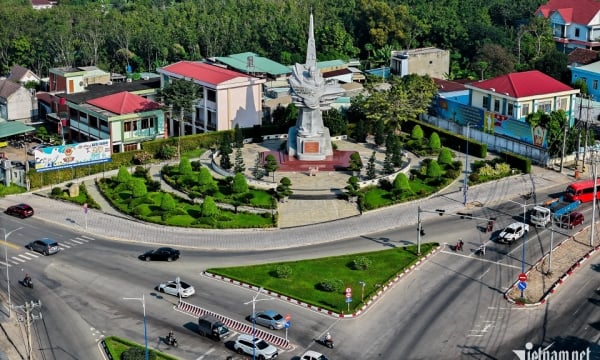
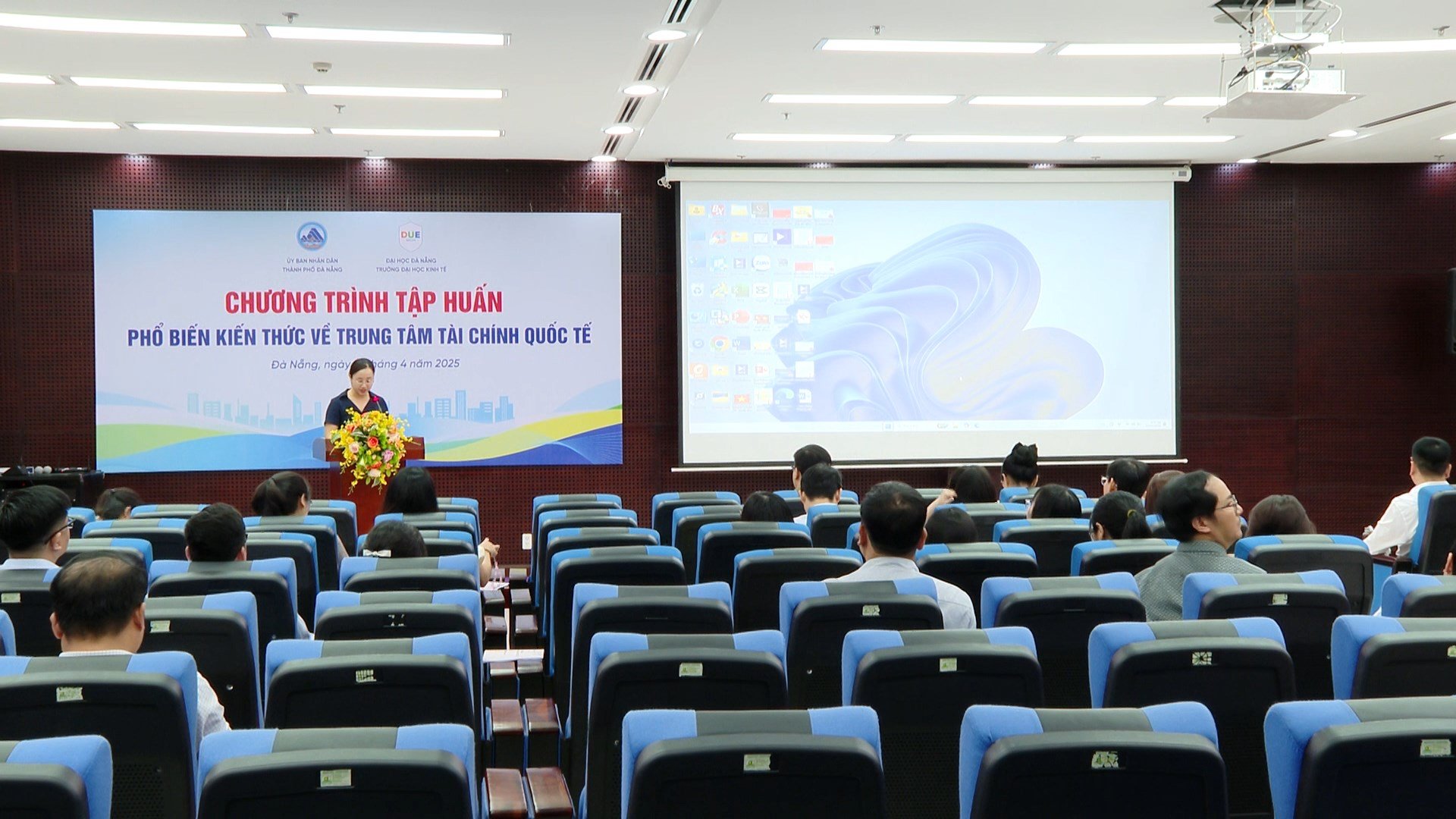
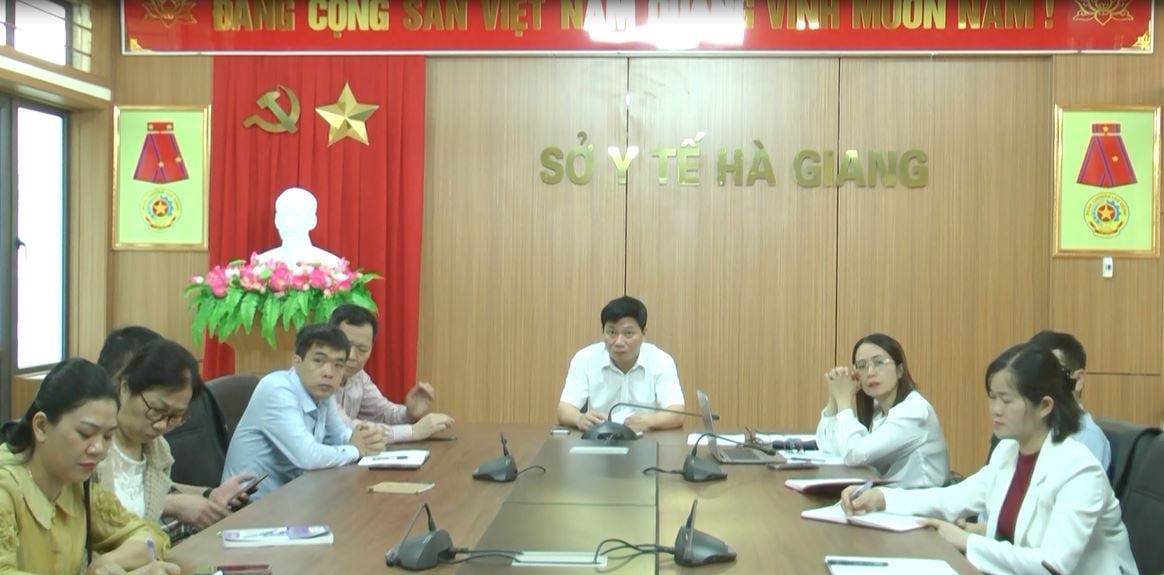
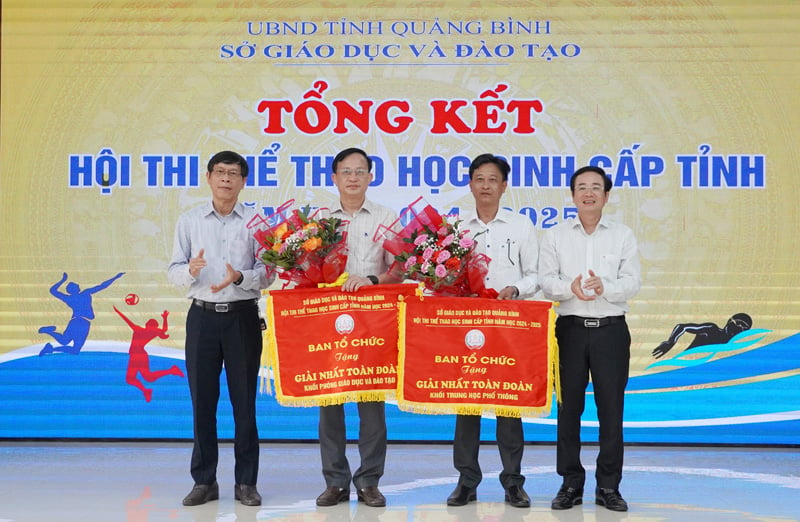
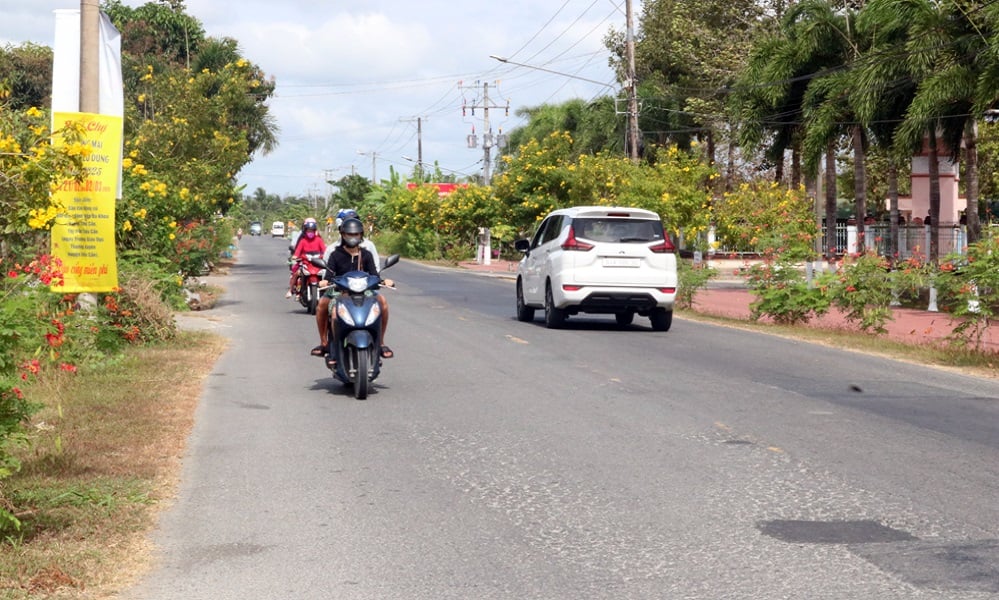
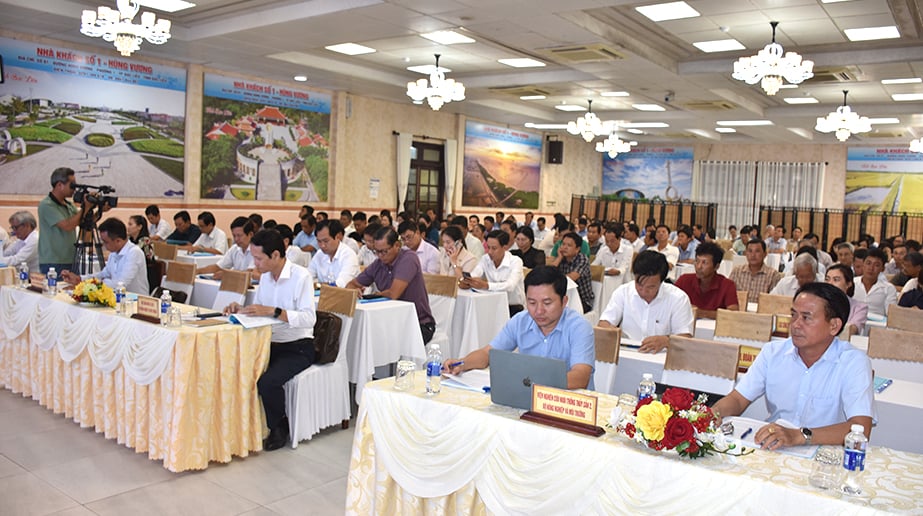



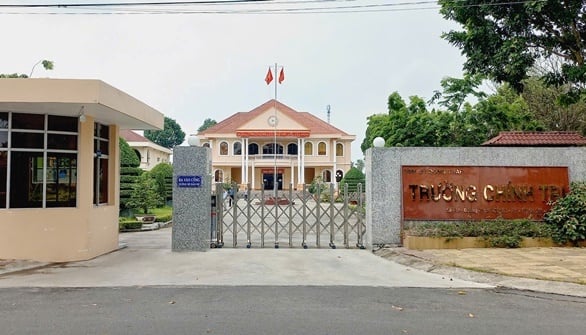

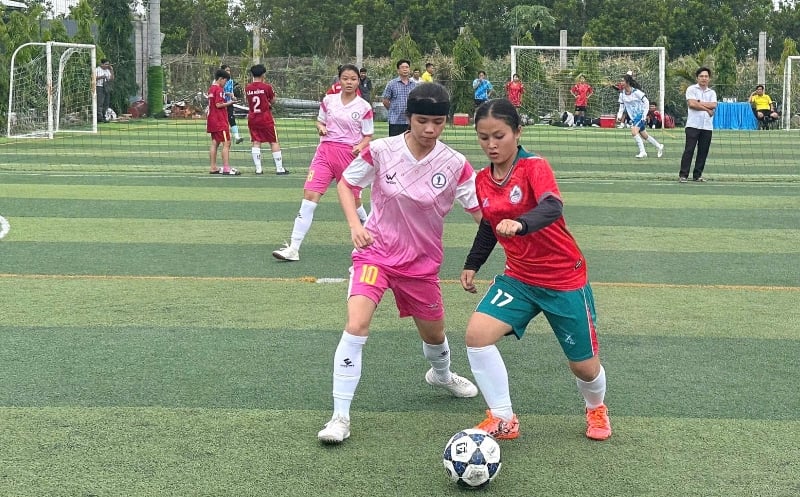
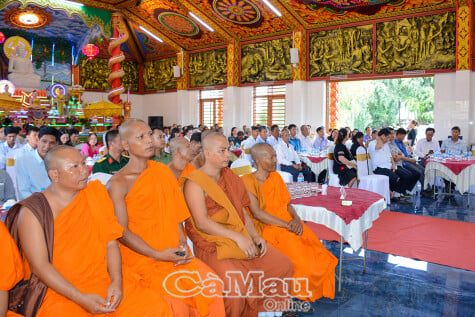

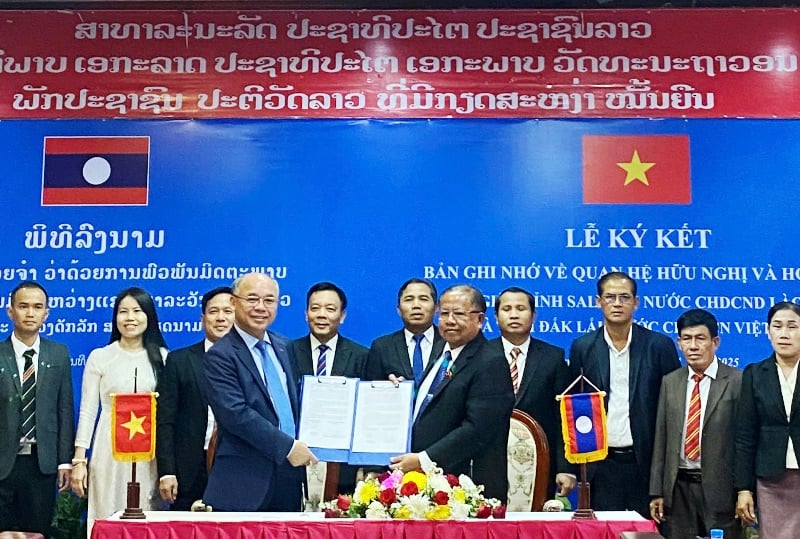
















































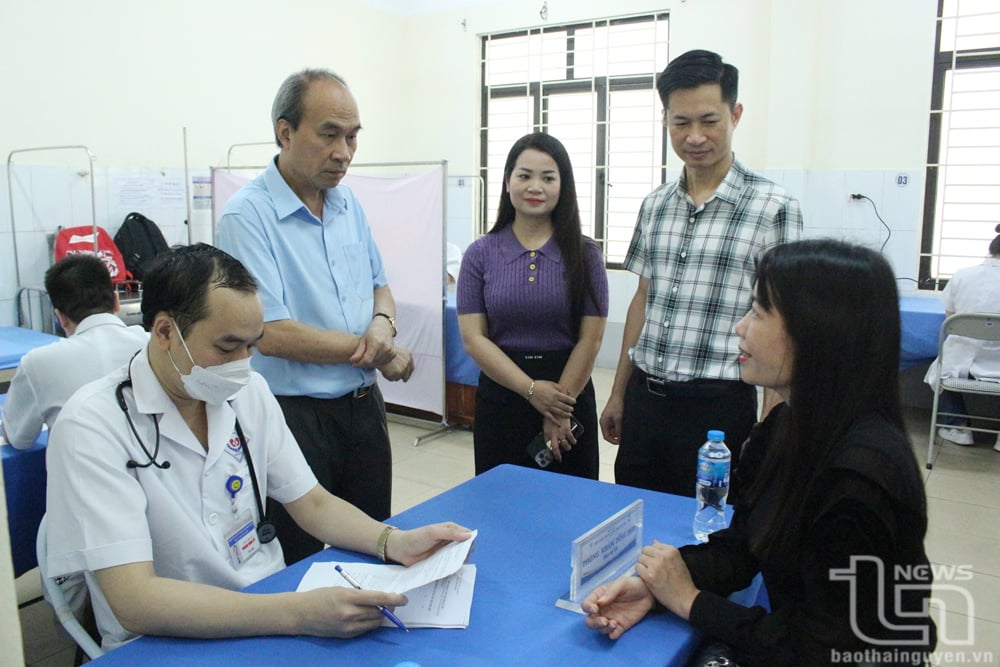





Comment (0)